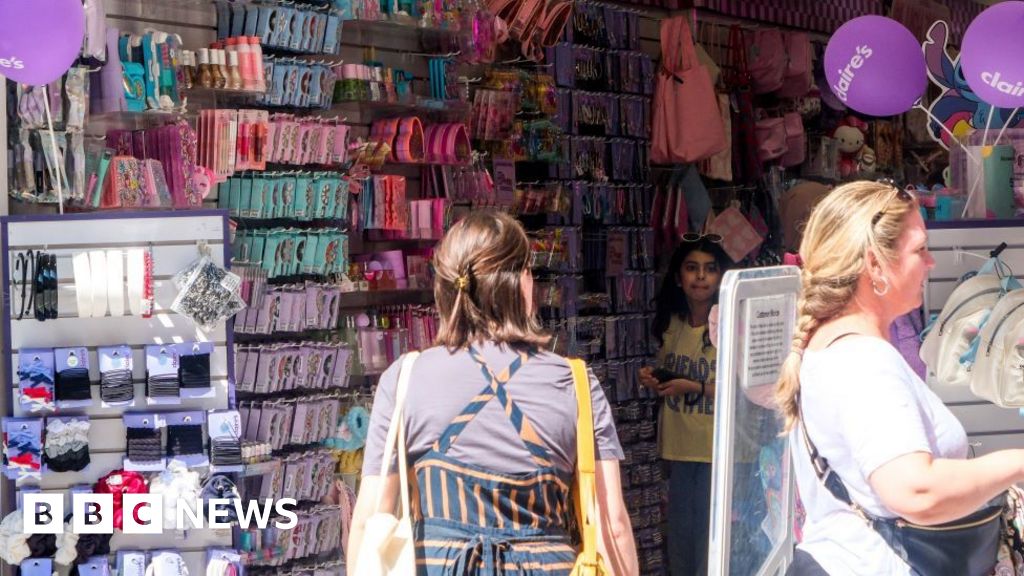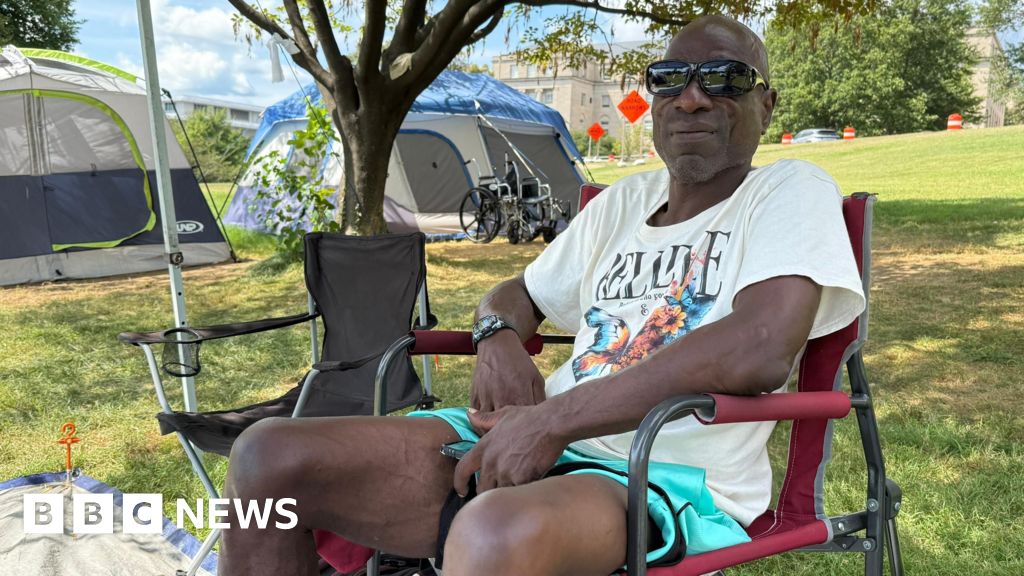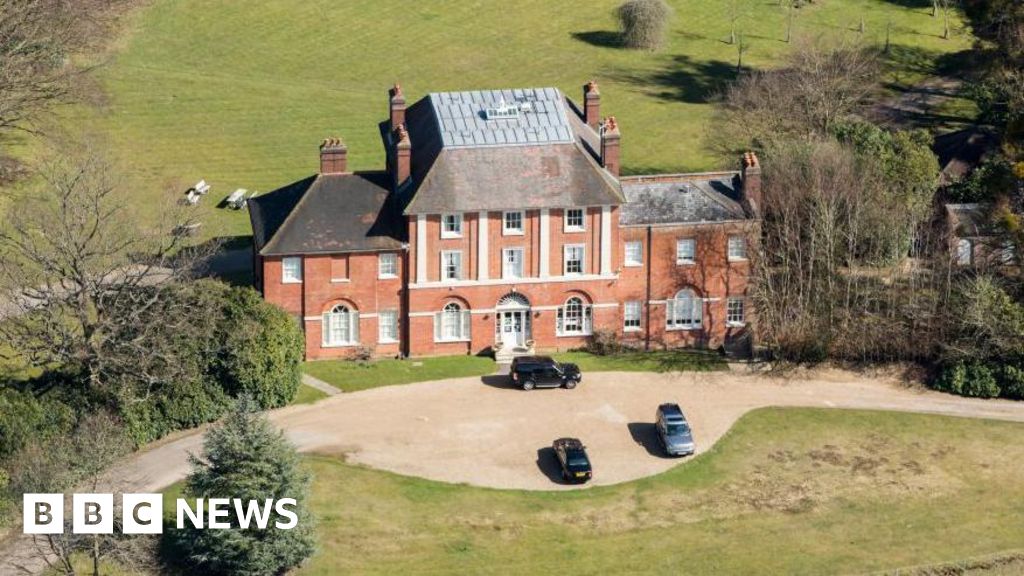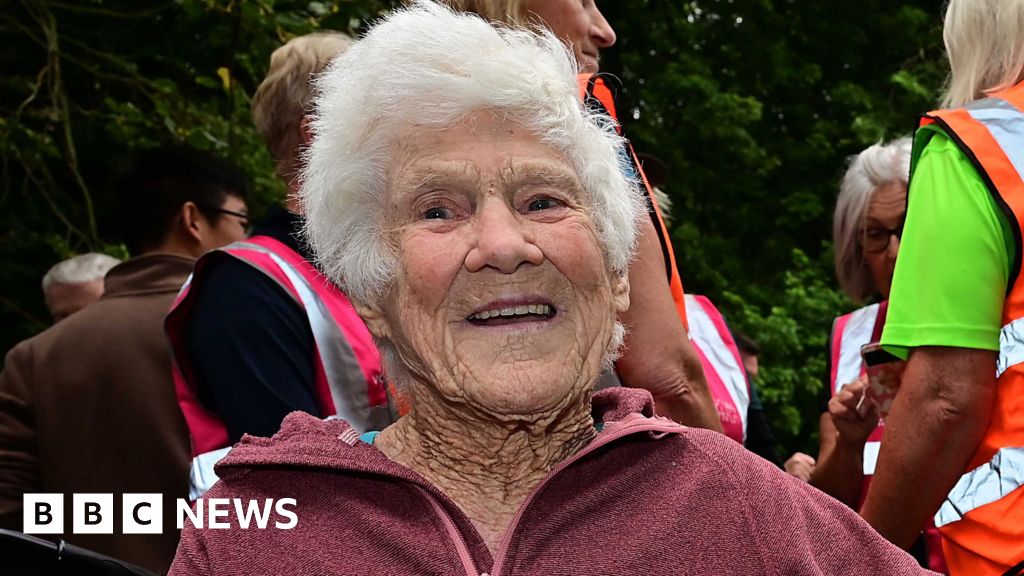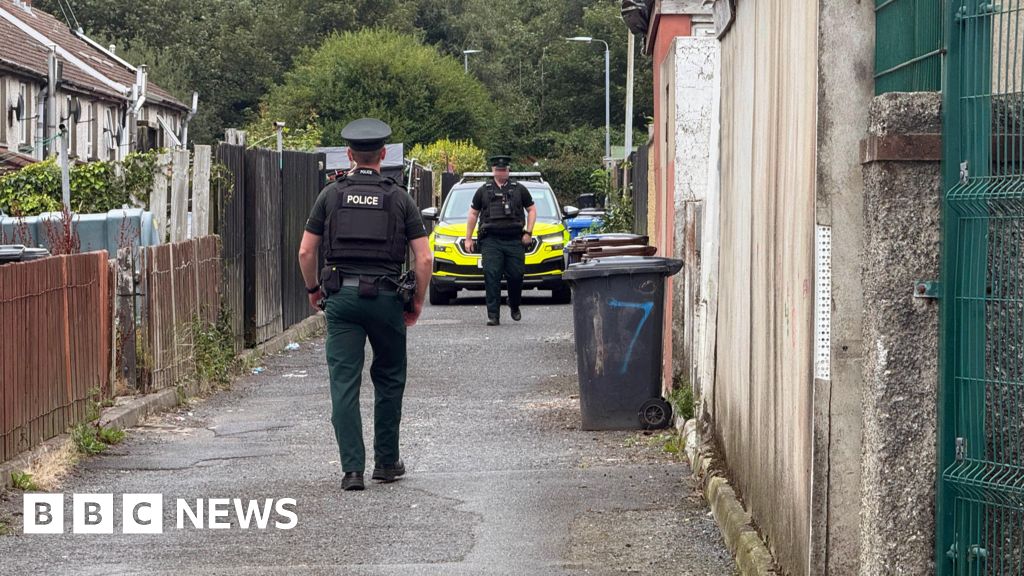
A QR code sticker used as a means of digital payment is seen in a grocery store in India, signalling the widespread trend of cashless payments in many countries.
Sudipta Das/NurPhoto via Getty Images
- A Stellenbosch University master’s student has developed a blockchain-based voucher system that connects donors, beneficiaries, and vendors.
- Blockchain – an online, easily visible, transaction recording system – was prototyped to address the inequality crisis by enabling transparent charitable donations in an increasingly cashless society.
- The blockchain voucher concept promotes “community philanthropy” by digitising everyday acts of giving to preserve informal charitable practices as South Africa transitions away from cash-based transactions.
A Stellenbosch University master’s student has built a prototype to aid South Africa’s inequality crisis: A blockchain-based voucher system connecting donors, beneficiaries, and vendors.
Developed as a conceptual model in 2024 and published under an article titled “Voucher tokenisation using blockchain and smart contracts to support people in need” in the South African Journal of Science, the system addresses a critical challenge of assisting people operating in the cash-based, donation-centred informal sector.
“Building a way for people to trust one another without trusting the person, and instead, the protocol, deeply aligns with a gap [in social welfare] that we have currently. We’ve got huge amounts of NGOs that get huge amounts of money from donors, but you don’t actually know where it ends up,” said author Tricia Harraway.
READ | Seven advances in technology that we’re likely to see in 2025
“The programme was developed to address challenges such as homelessness and informal work where people in need rely on cash donations, despite a shift toward cashless transactions,” she continued, explaining her motivation.
Blockchain is a digital record-keeping system that stores information across many computers instead of one central database.
“If you break block and chain, it’s a block of transactions linked to each other in an immutable fashion. You can’t change it, so any fraudulent activities are clear,” explained Harraway.
“It’s trustless. You’re not trusting an intermediary like a bank or government. More importantly, it’s transparent to the world. So, for somebody that wants to donate, they can see when it is donated to that person and redeemed by that person,” she said.
The voucher programme is a digital system to encourage what Harraway refers to as community philanthropy.
The study explained:
“[It] is a digital system for charitable donations, allowing donors to purchase and distribute digital vouchers to beneficiaries, who can redeem them for essential goods and services.”
These digital vouchers can be used for necessities like food, clothing, and shelter.
Harraway built a prototype of the underlying system as a proof of concept, but the actual practical implementation would be up to an organisation were it to attempt to implement the system.
“To donate to me, you’d scan my QR code, like an account number. You decide to donate a tokenised blanket voucher. You transfer it with your wallet to me. I then go to Pick n Pay, and to redeem that voucher, tap my NFC card.”

Digital vouchers can be used for necessities like food, clothing, and shelter as an alternative to traditional forms of philanthropy.
Justin Sullivan/Getty Images
The system required minimal technological infrastructure for beneficiaries.
“NFC cards are very cheap, so that saves us the problem with the mobile devices. If a person loses that card, you can replace it,” added Harraway’s supervisor, Professor James Bekker.
Harraway believed this voucher donation system could build trust between the public and a government organisation or NGO that decided to implement it. It would bank on transparency and trust that may be lost when donating to larger, prominent organisations.
However, she did acknowledge that there were practical challenges that could prevent the implementation of such a system.
“Somebody would still need to manage the layer on top,” she said, referring to the platform people would engage with.
Additionally, convincing vendors to join the platform and distributing NFC cards to the beneficiaries might present challenges.
READ | TikTok is partnering with a blockchain start-up. Here’s why this could be good news for artists
“I can poke holes in this forever because I think you should poke holes in it. You should be creating more opportunities for people to improve an idea,” Harraway said.
Harraway developed this with the idea of encouraging direct giving within communities,
“I’m interested in community philanthropy because we do that way more on a day-to-day basis than formalised ways of giving. For example, donating to a parking guard or buying a Coke for someone. Those smaller acts of kindness might decrease when we stop using cash.”
With South Africa’s inequality crisis showing no signs of abating, blockchain-based voucher systems could offer a path to greater financial inclusion and more effective humanitarian support in an increasingly digital economy.
 (1).png)
 1 month ago
7
1 month ago
7
